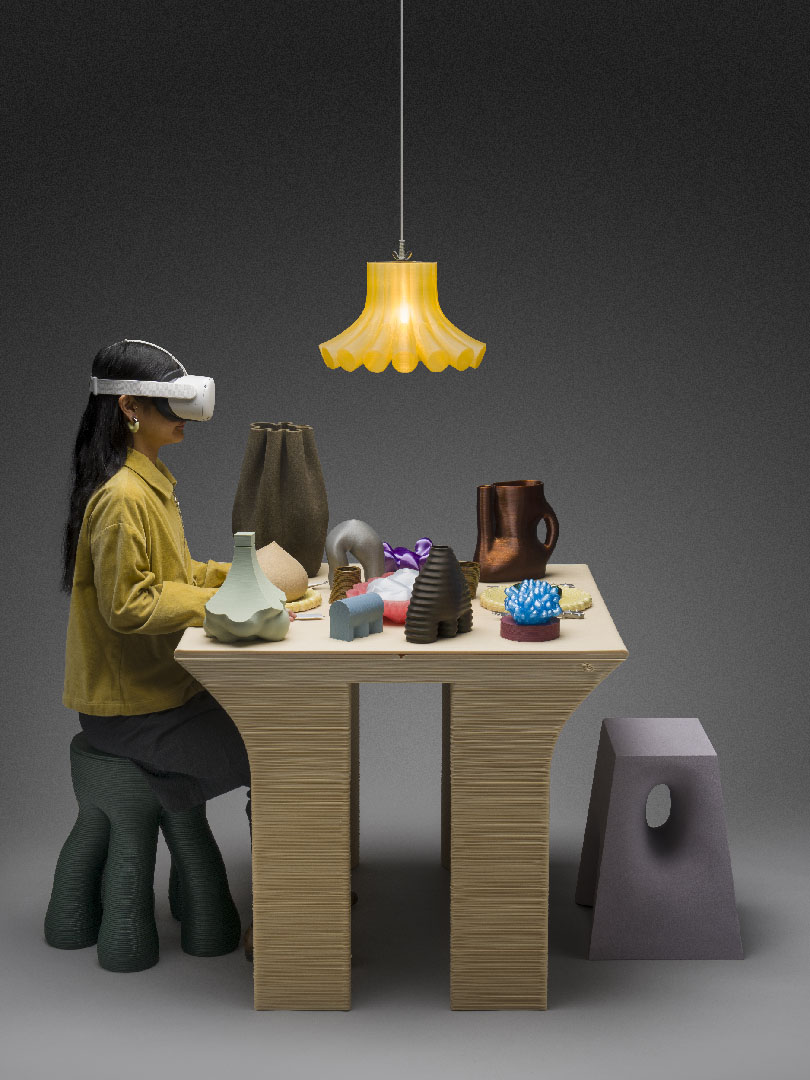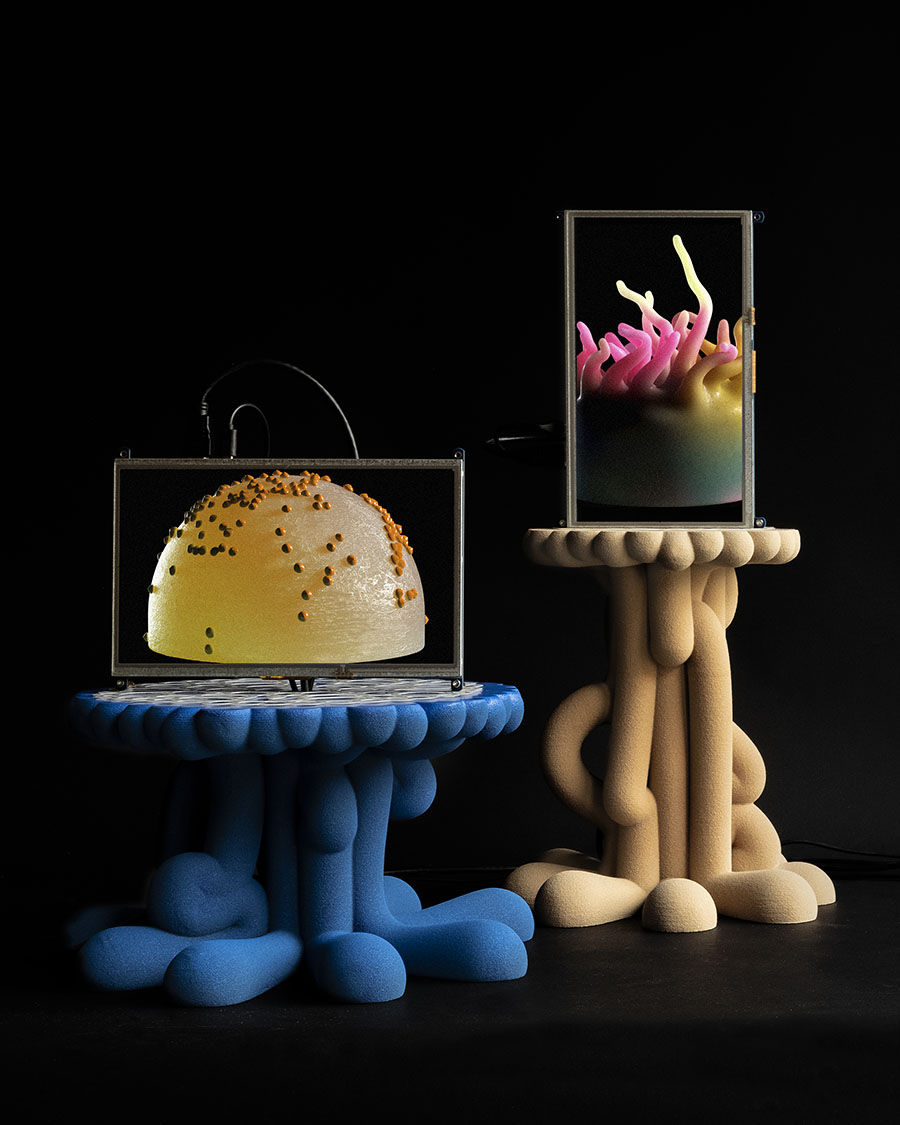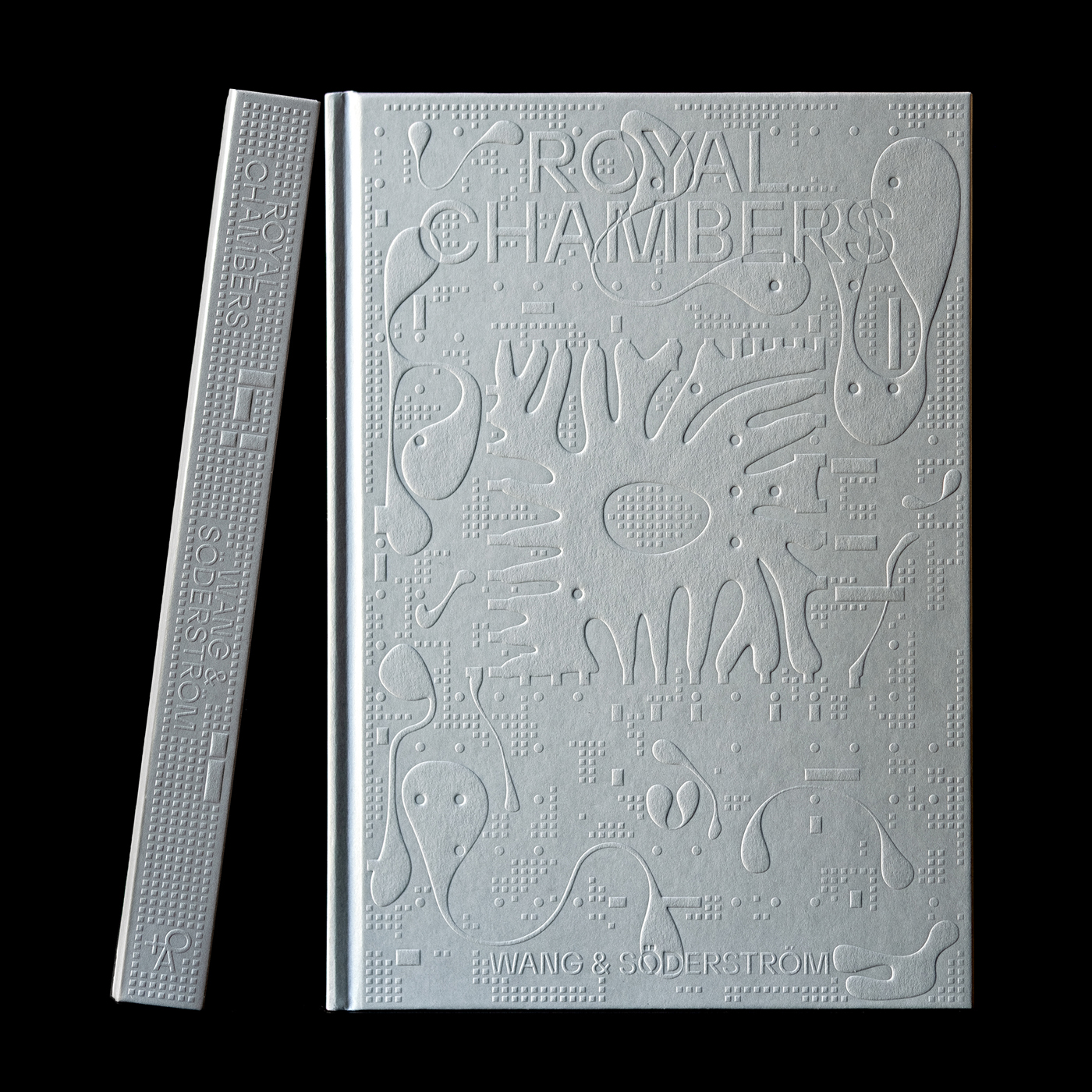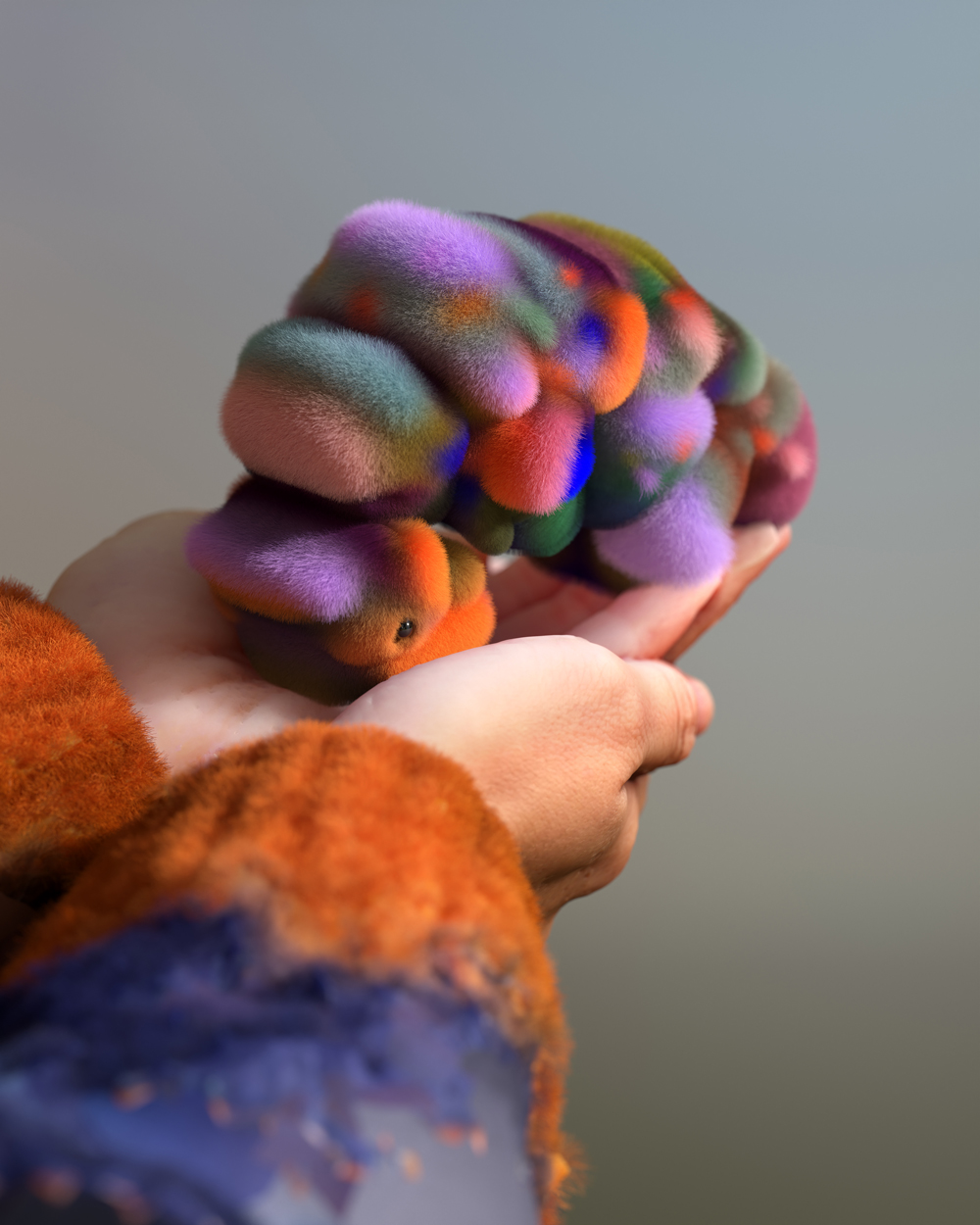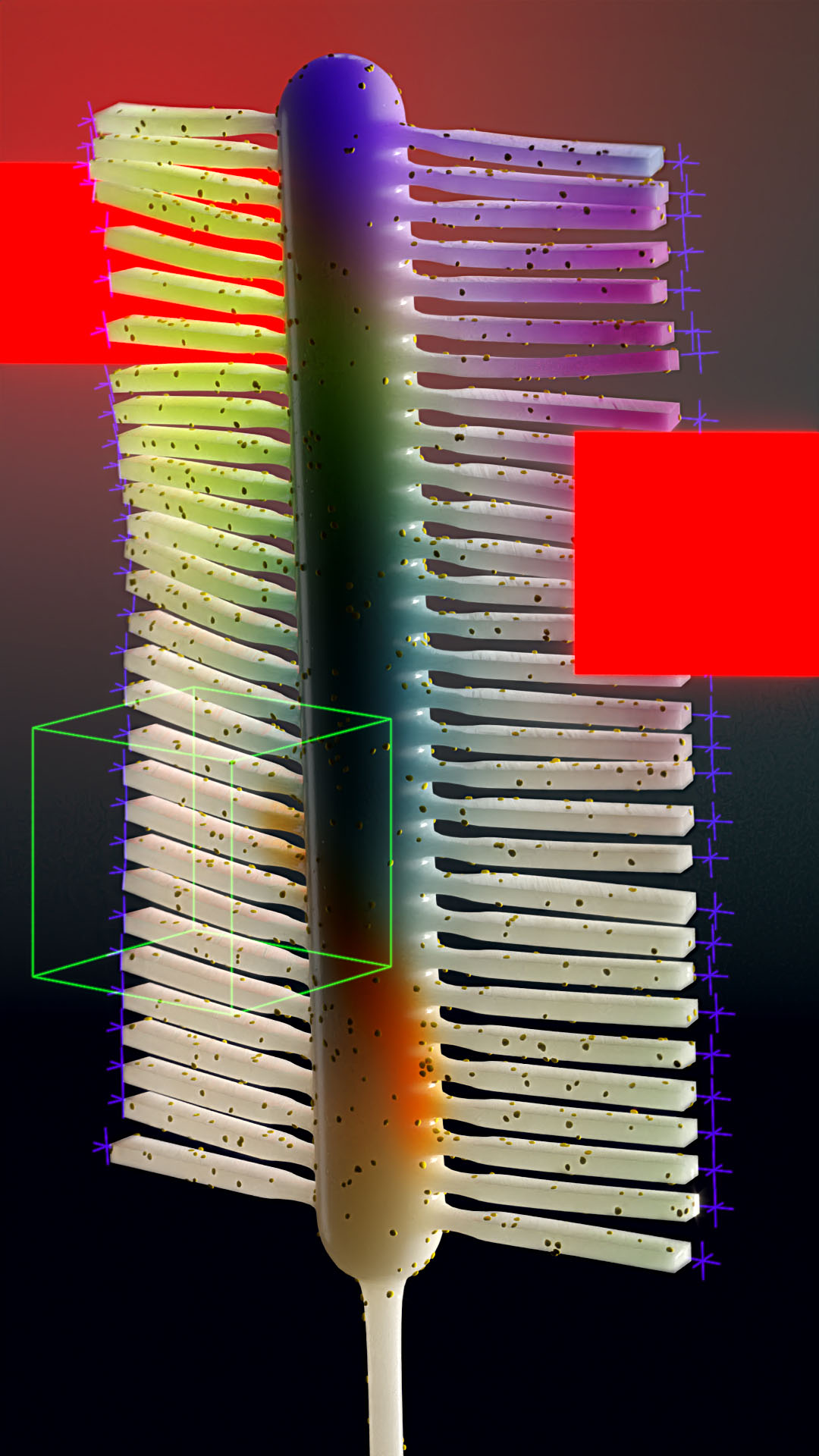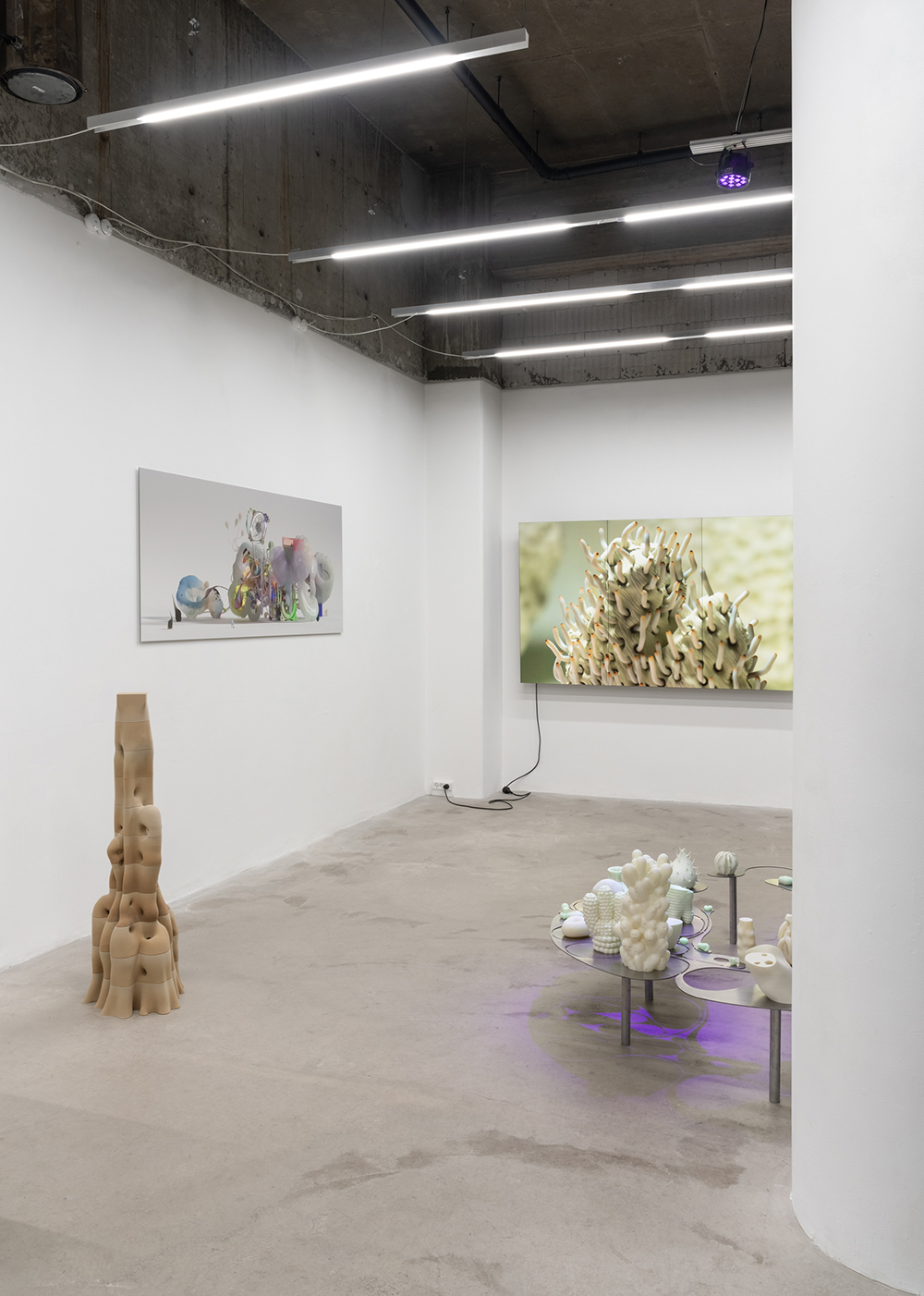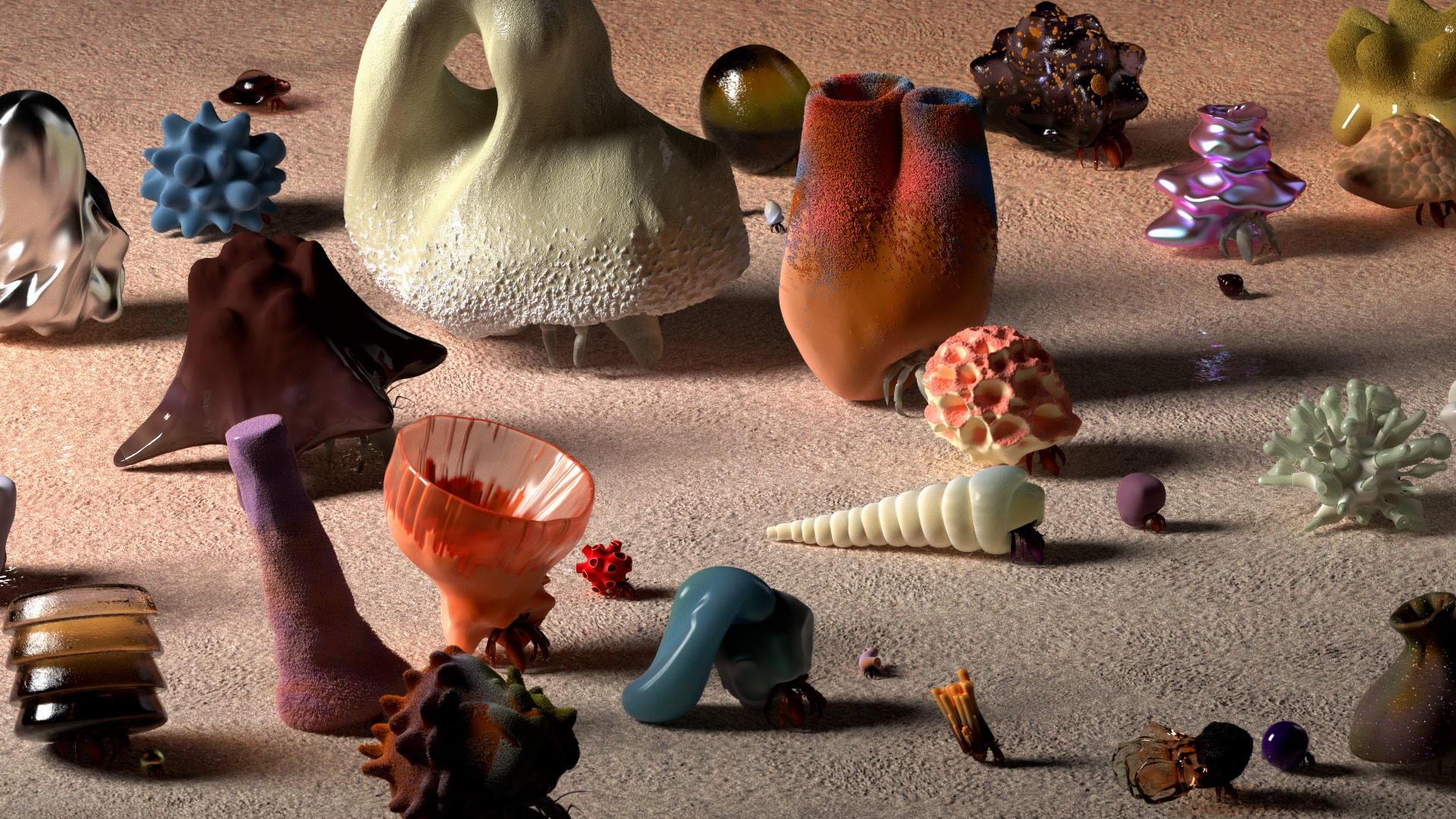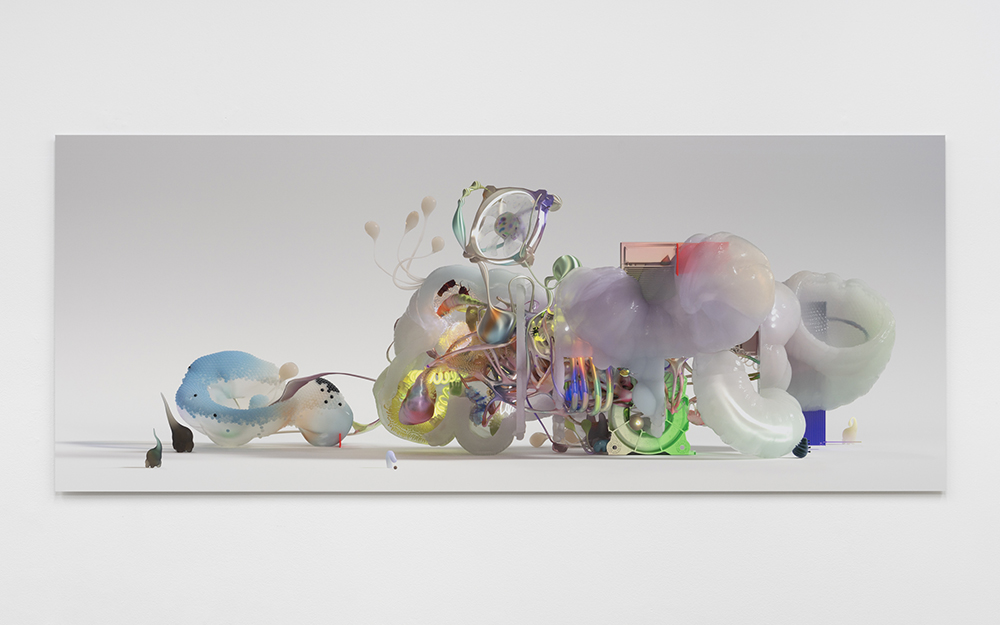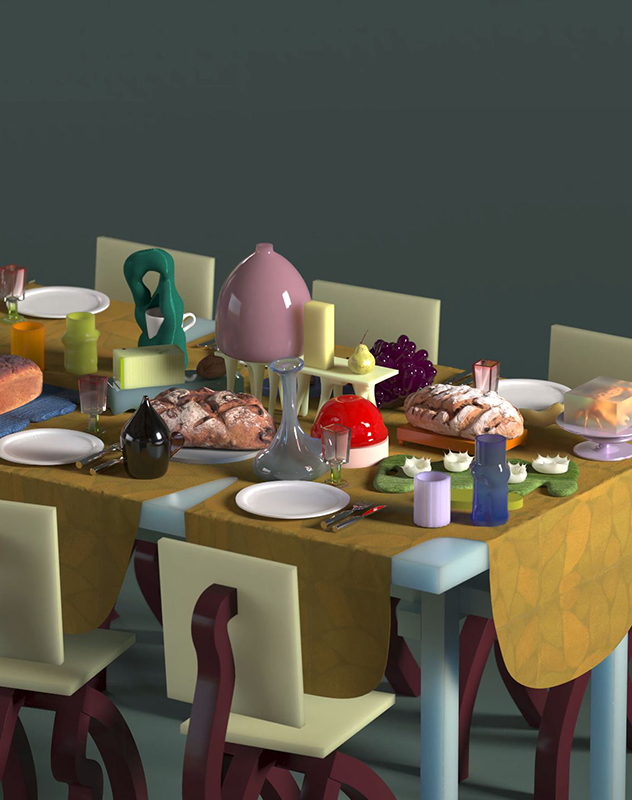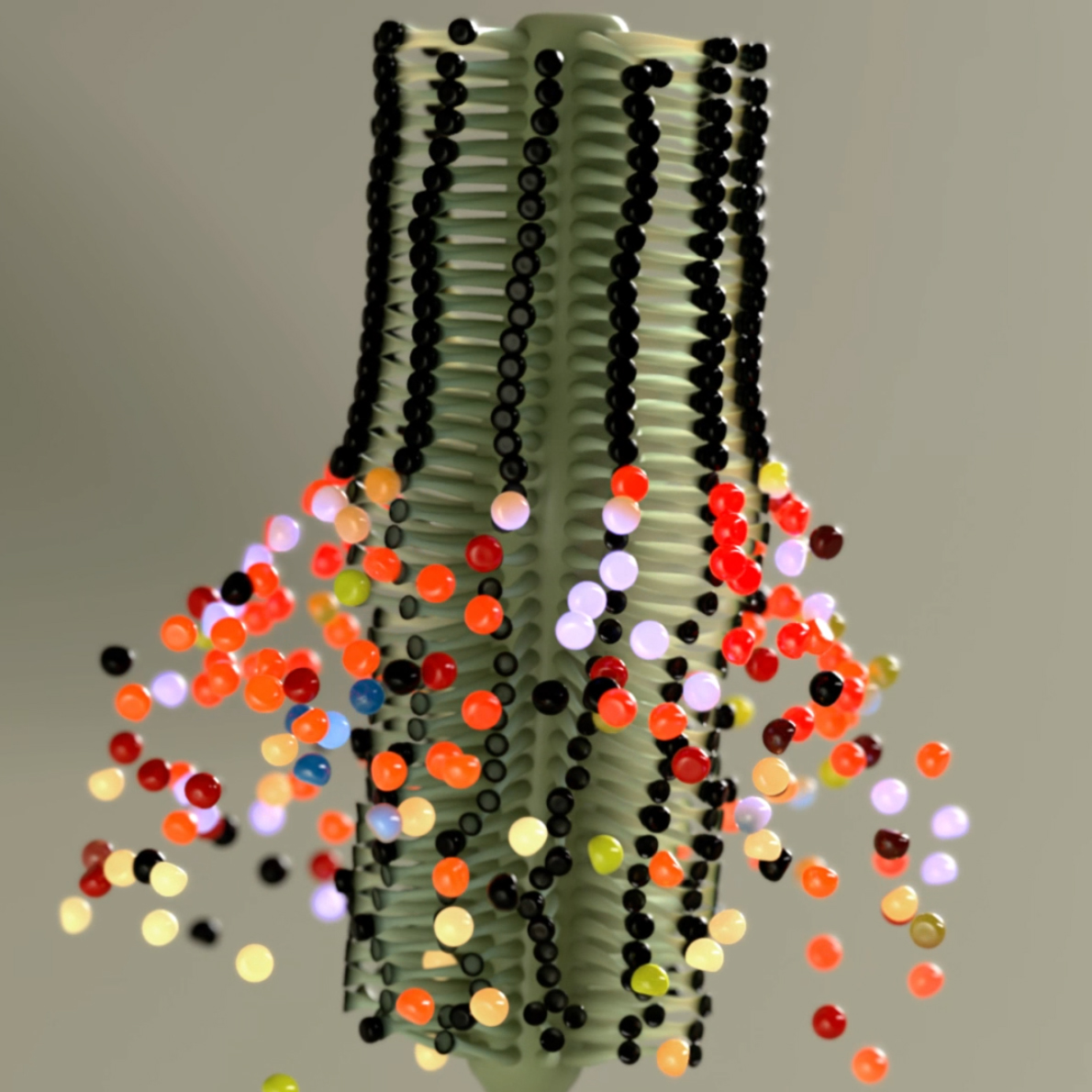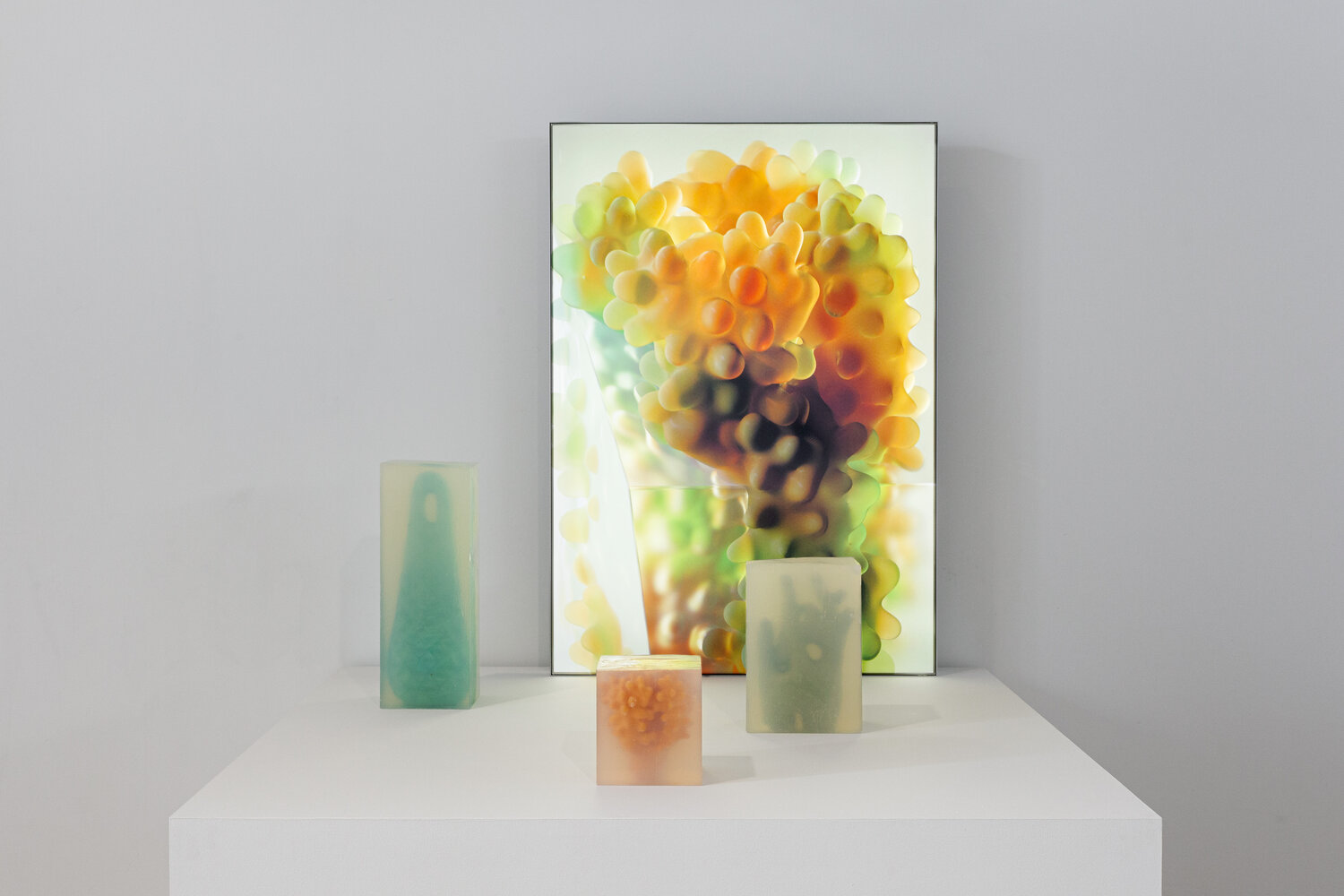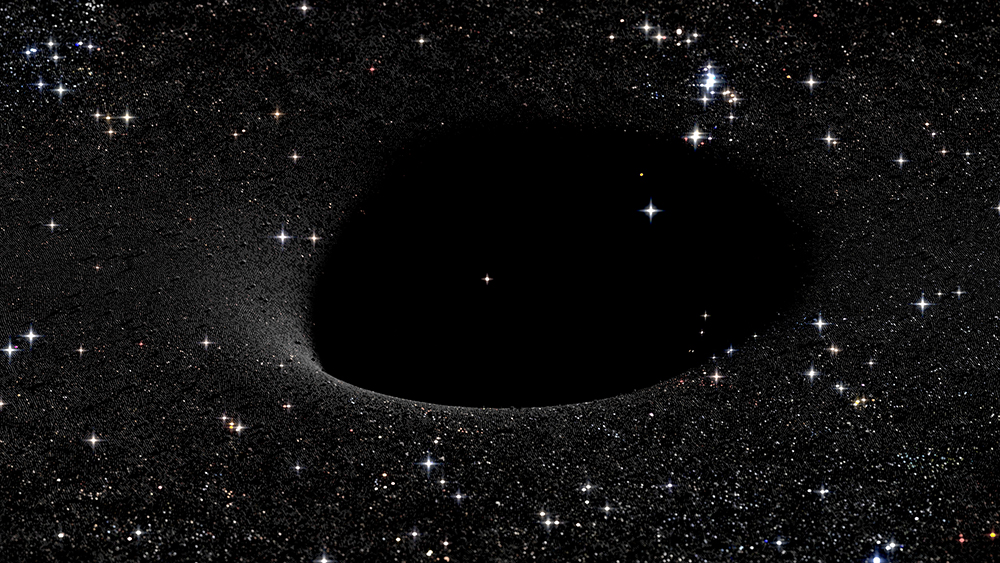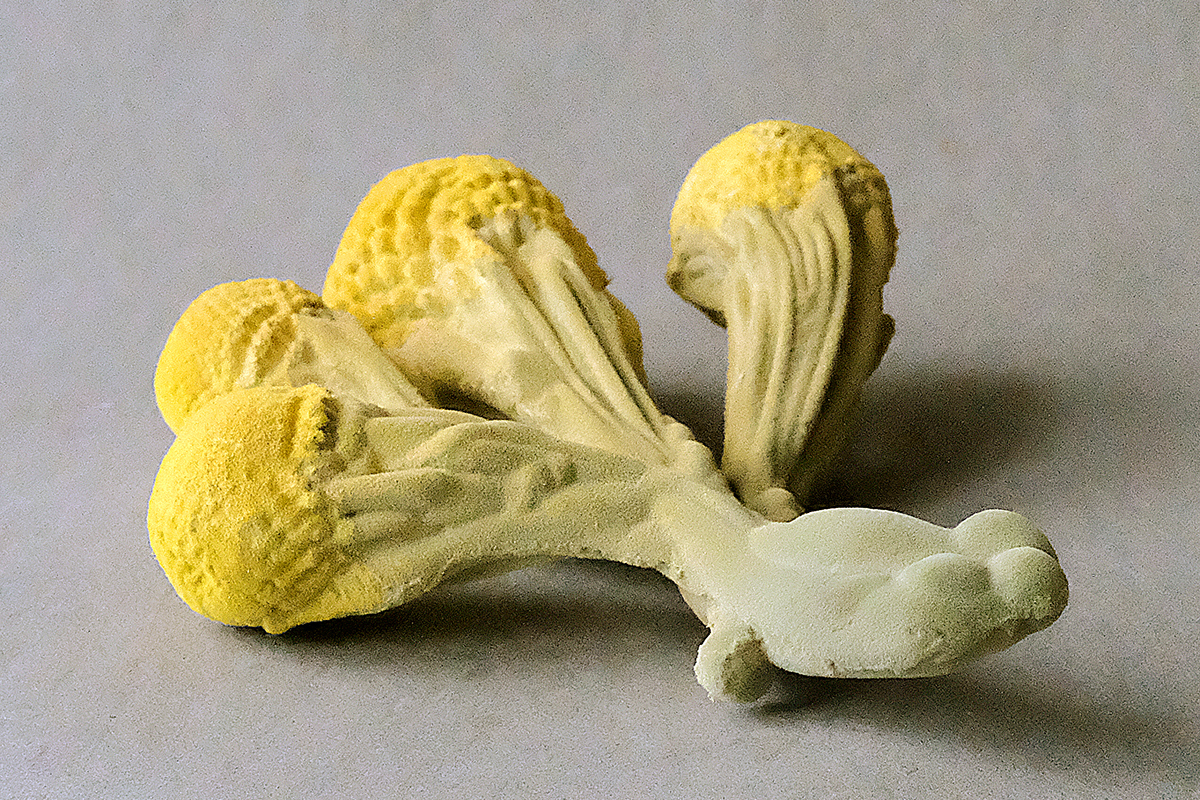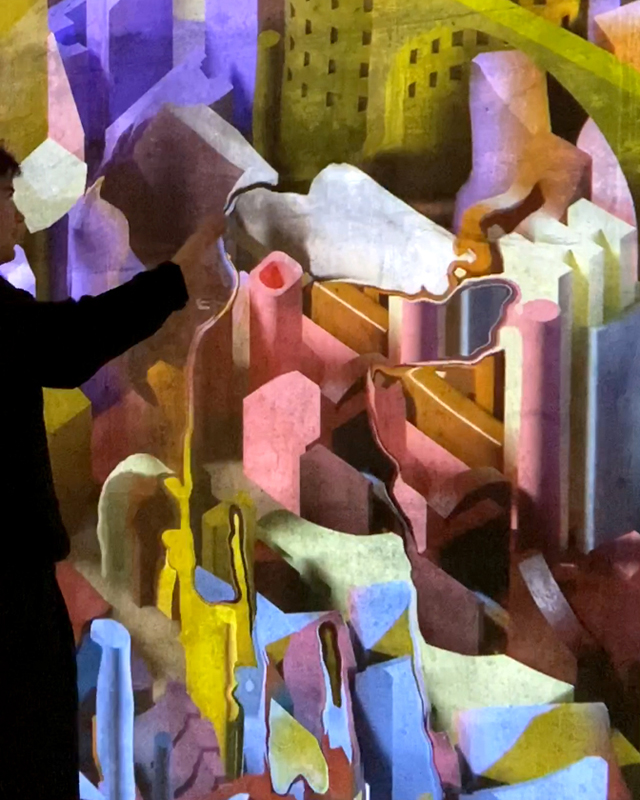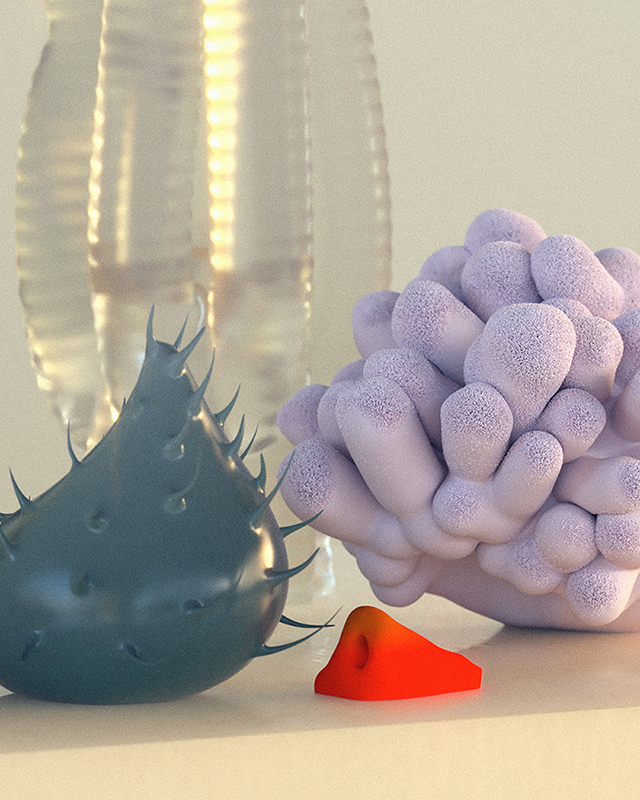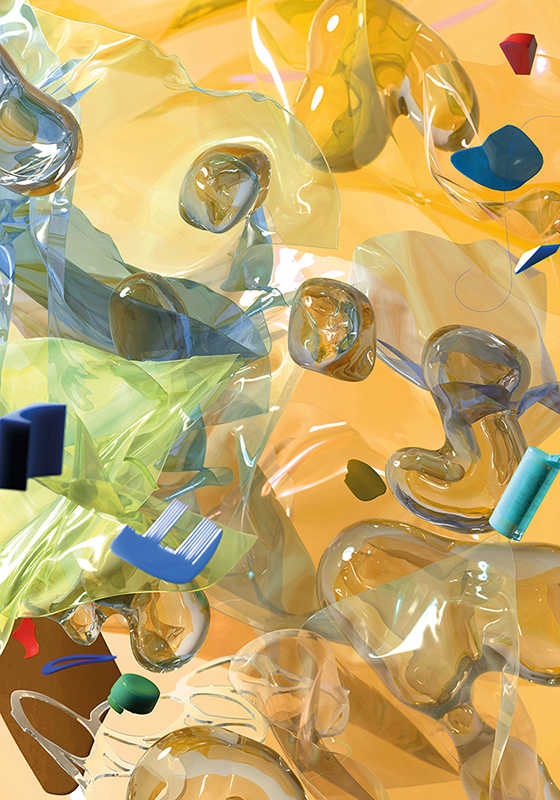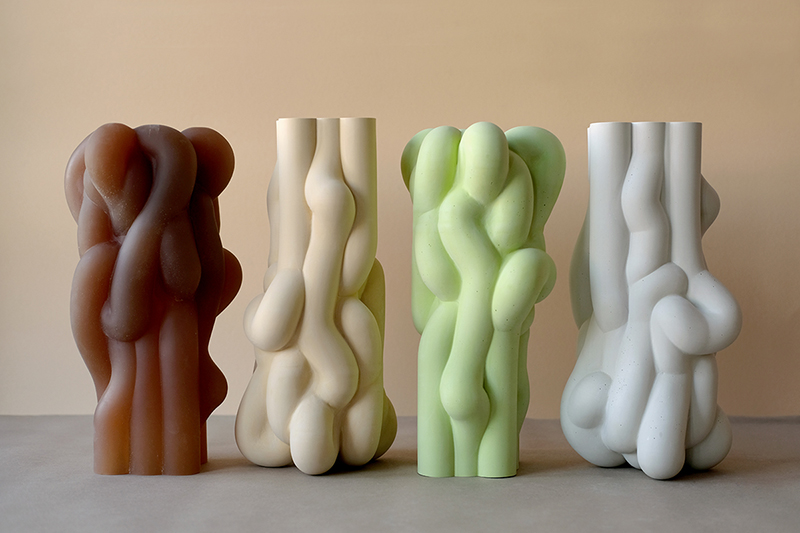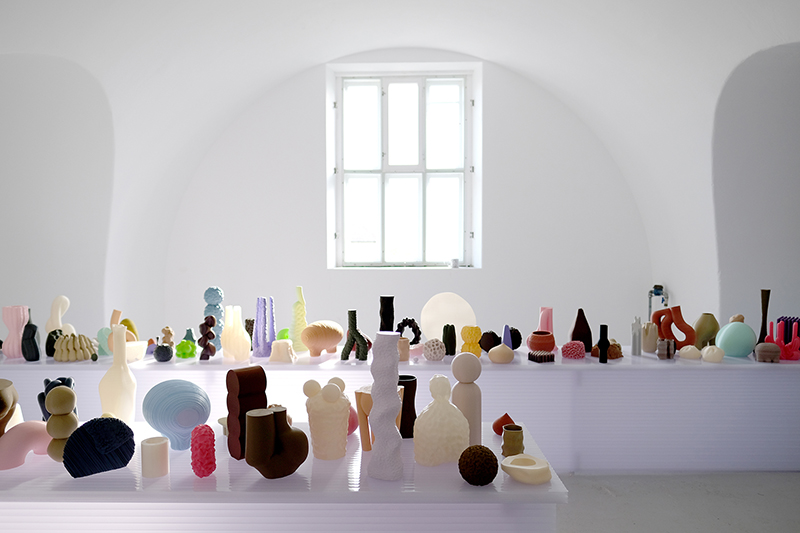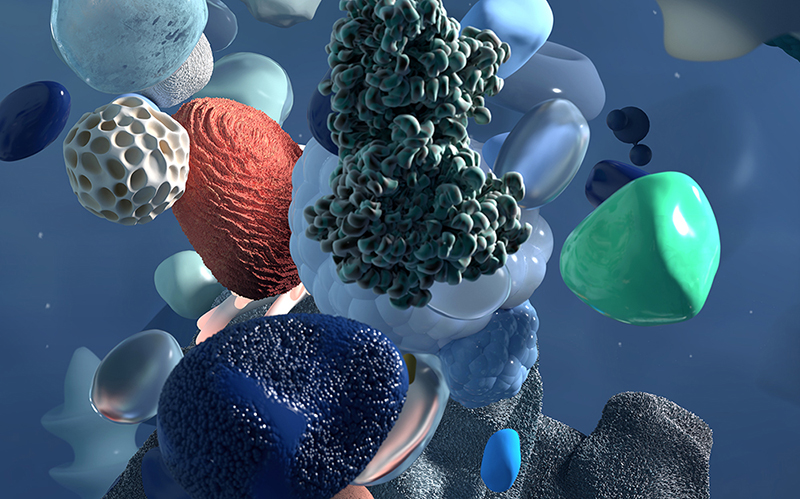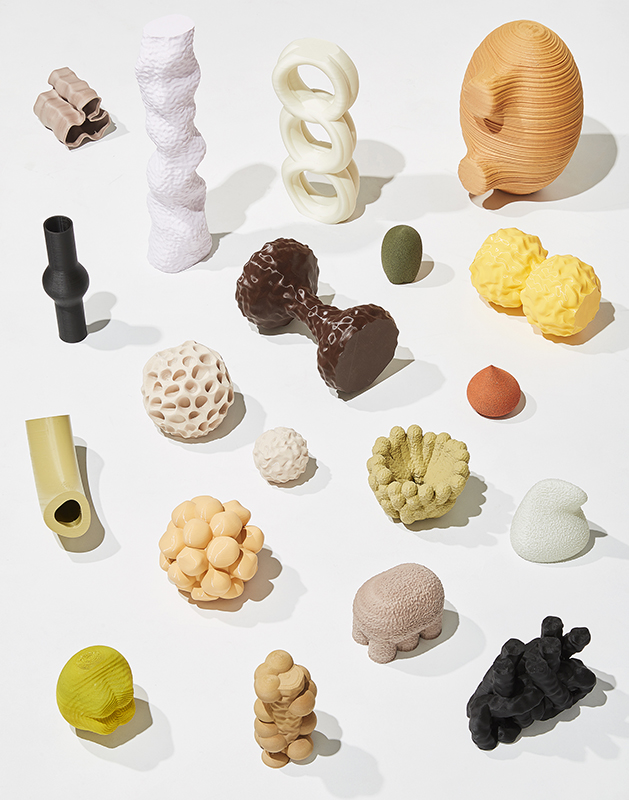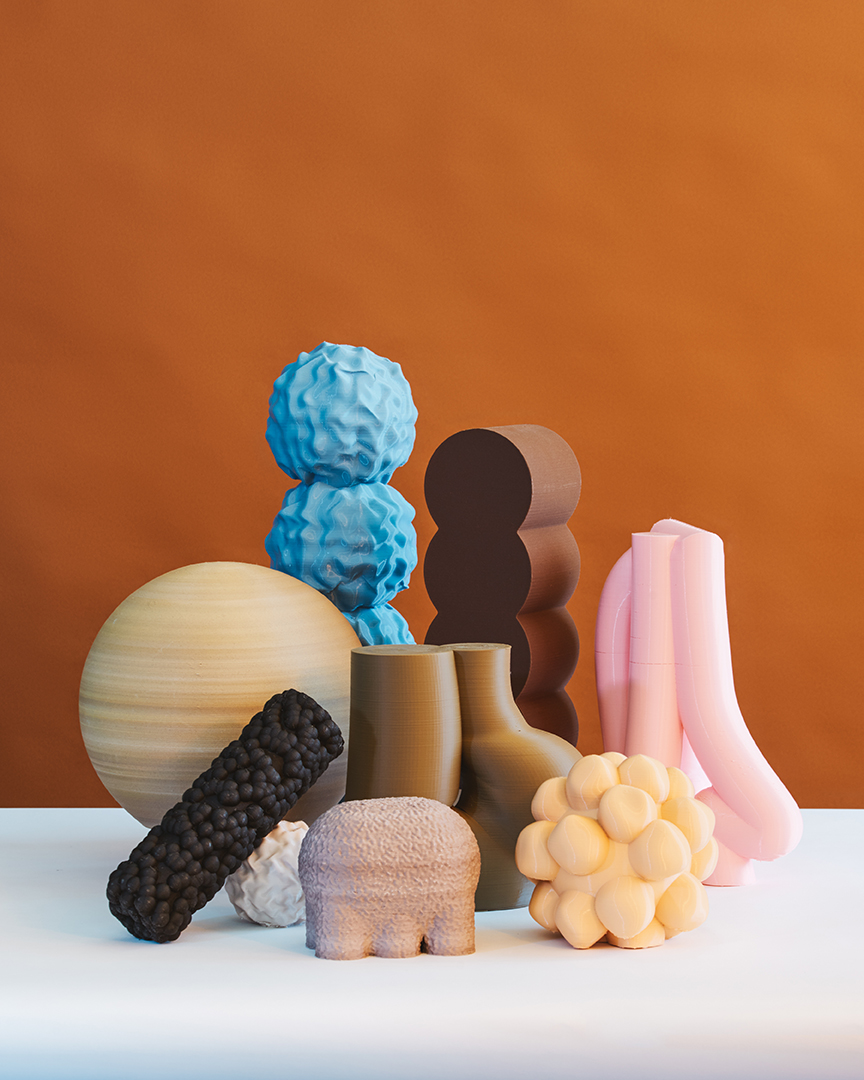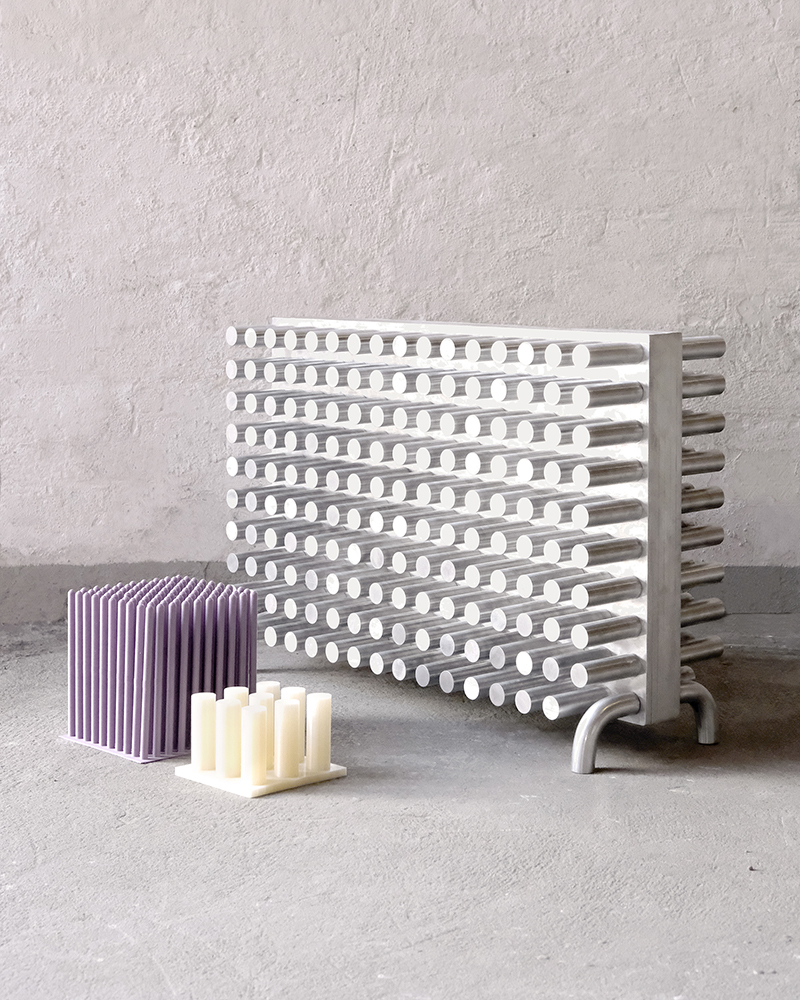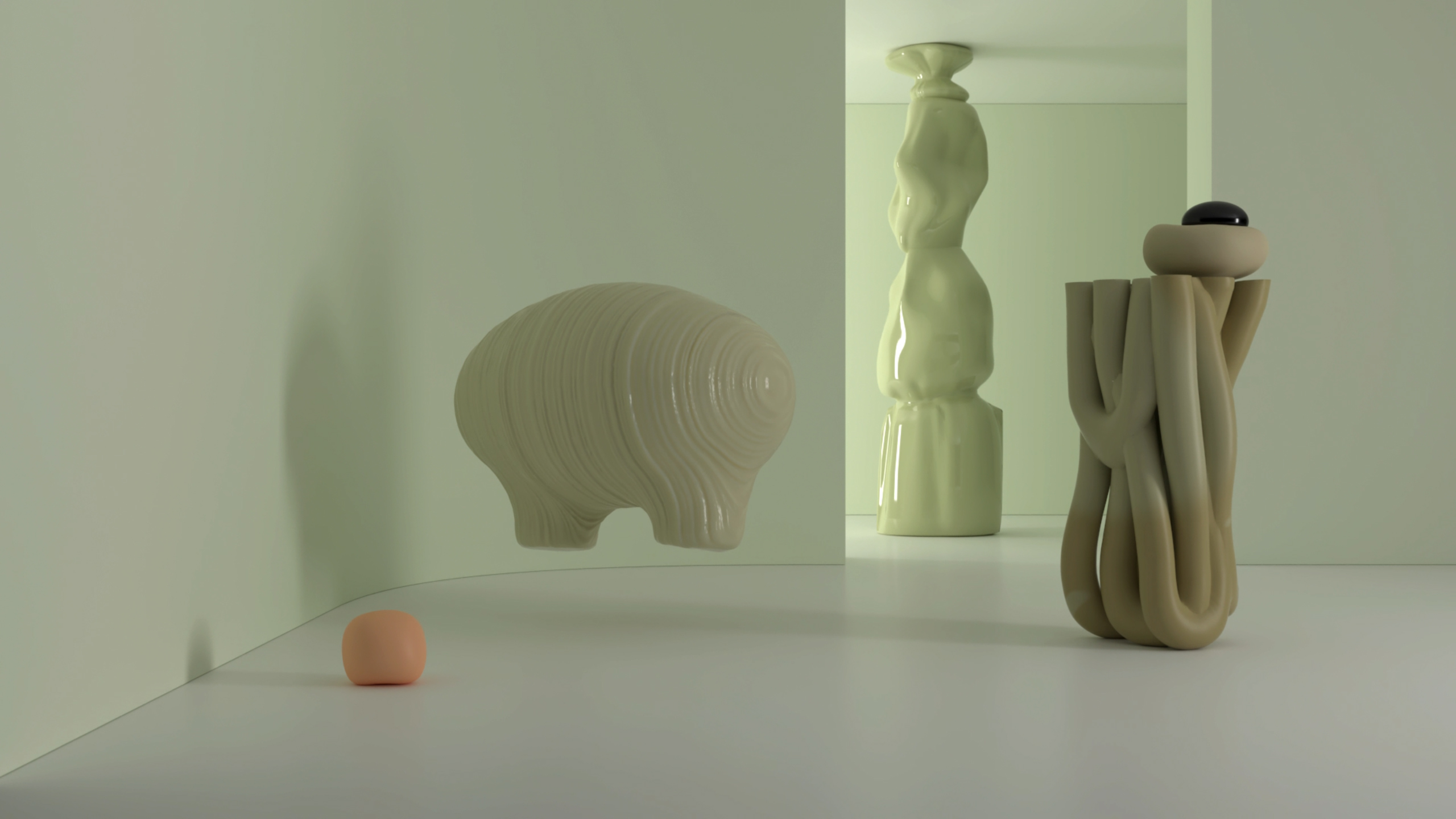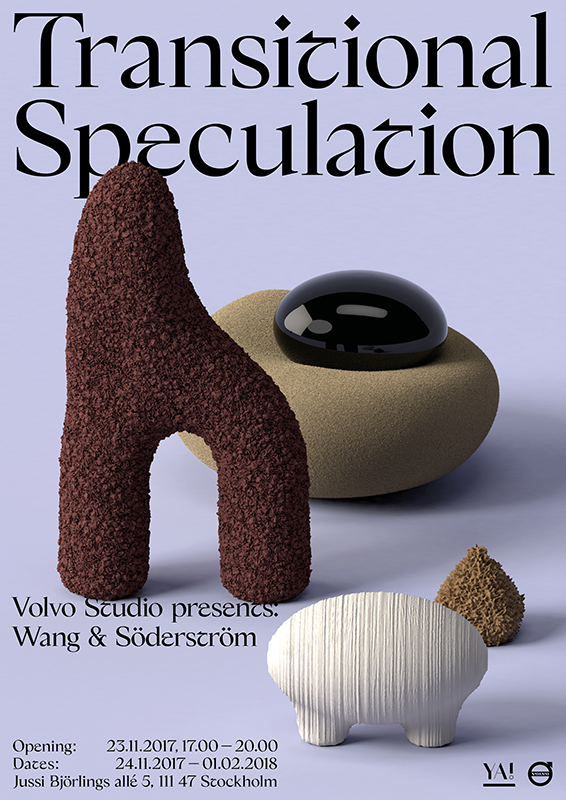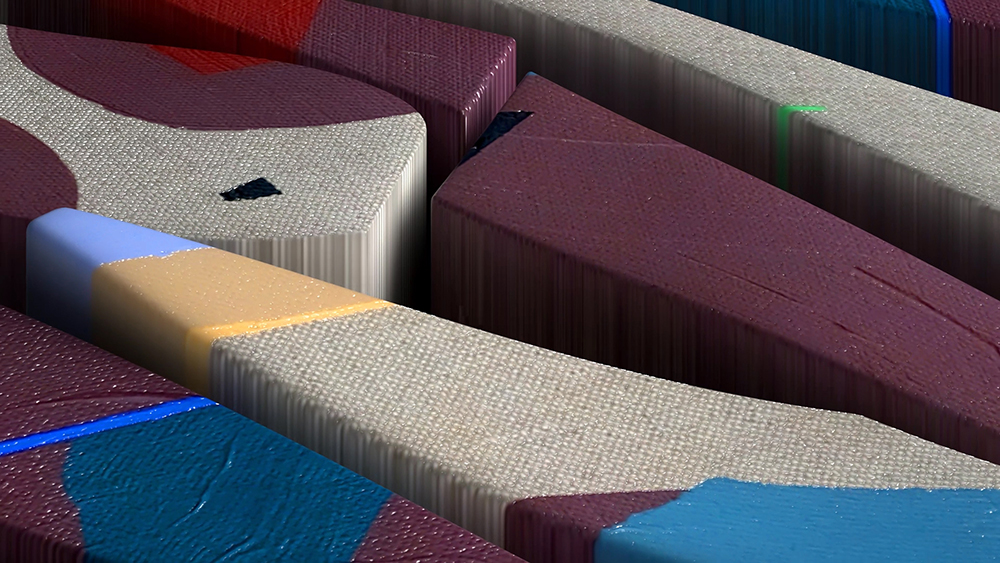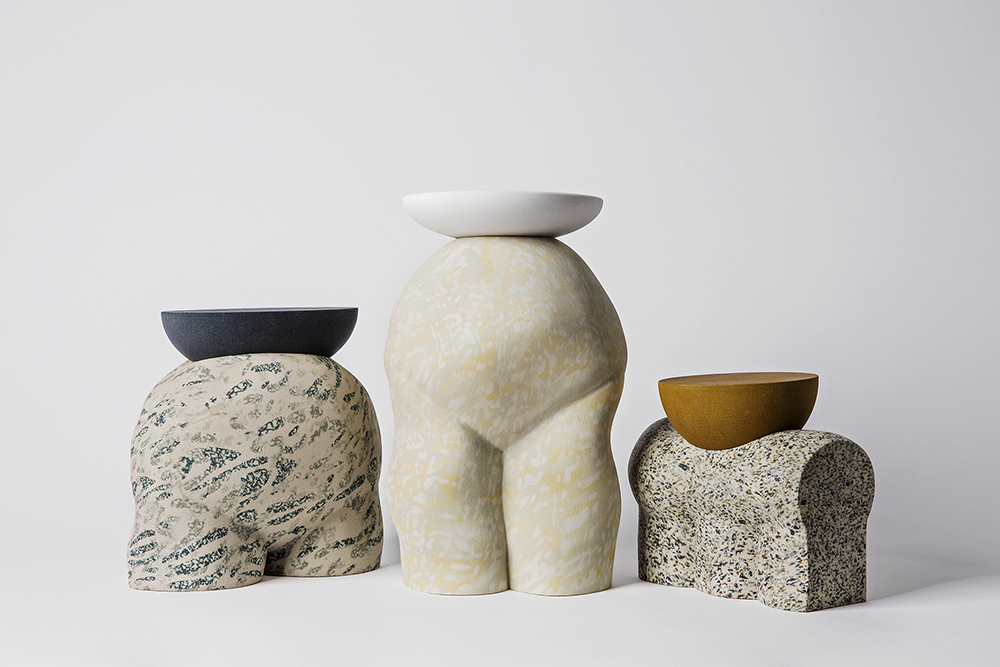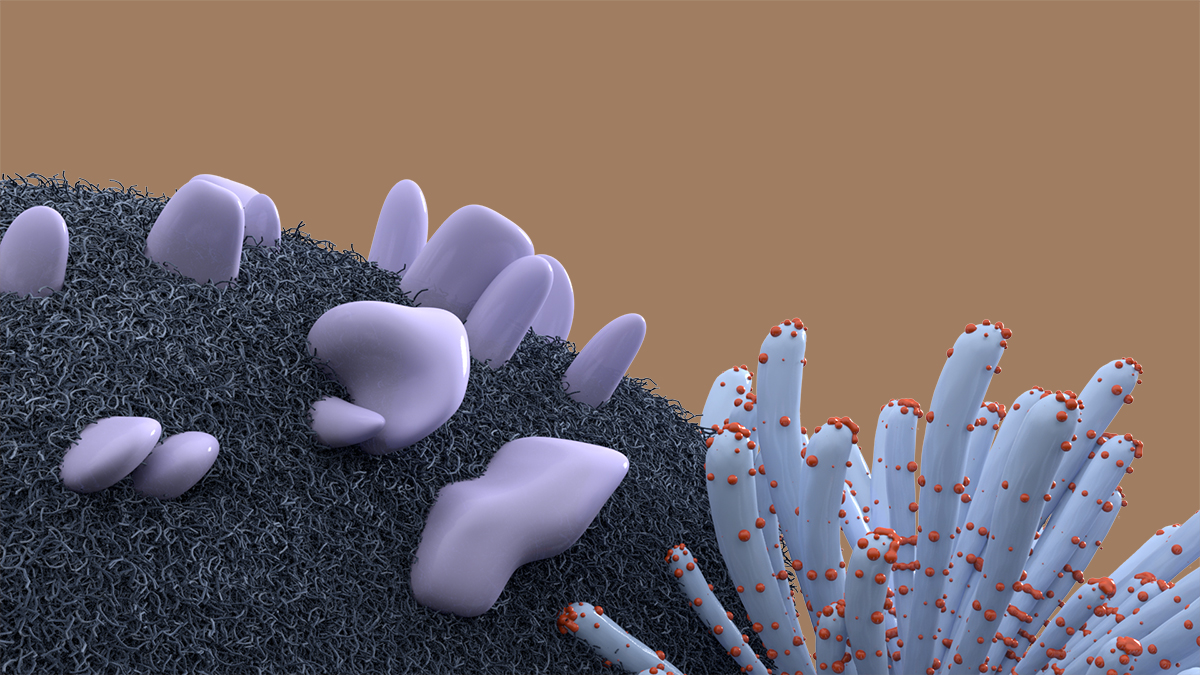Making Kin
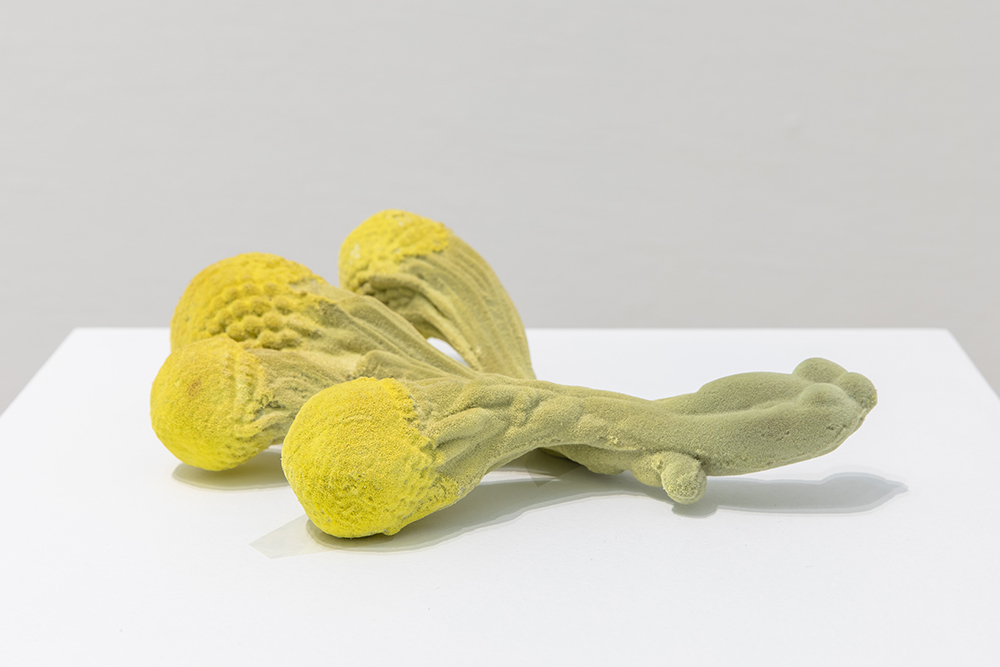
Year: 2020
Technique & Material: Algorithmically generated forms, 3D print, PLA bio-based plastic, silicon, rubber and nylon fiber
Dimensions: Various
Acquired in the permanent collection of Malmö Art Museum.
Installation photos by Malmö Art Museum.
Exhibited:
◦ ‘Sustainable Societies for the Future’ — Group Exhibition. Malmö Art Museum, Malmö. February— May 2021.
Curated by Anne Thomasen, Kirse Junge-Stevnsborg & Stephanie Cristello.
◦ ‘The Age Of Entanglements’ — Group Exhibition. Volvo Studio, Stockholm. February 2020. Curated by Nonagency.
Technique & Material: Algorithmically generated forms, 3D print, PLA bio-based plastic, silicon, rubber and nylon fiber
Dimensions: Various
Acquired in the permanent collection of Malmö Art Museum.
Installation photos by Malmö Art Museum.
Exhibited:
◦ ‘Sustainable Societies for the Future’ — Group Exhibition. Malmö Art Museum, Malmö. February— May 2021.
Curated by Anne Thomasen, Kirse Junge-Stevnsborg & Stephanie Cristello.
◦ ‘The Age Of Entanglements’ — Group Exhibition. Volvo Studio, Stockholm. February 2020. Curated by Nonagency.
The project Making Kin, begins in a research into what we as humans call extreme life on Earth: Extremophiles. This gives us a glimpse of what life could be like on another planet, since some of the extremophiles are considered to have the ability to survive Martian conditions. For example thrive in radiation or high temperatures. While oxygen, for example, is a necessity for life as we humans know it, some organism flourish in places with no oxygen at all.[1]
Making Kin aims to introduce nuances to what life is and shift our human-centred perspective. Showing that they are part of the same life as humans and by speculating on what new life could look like for us to examine the conditions of life in a broader sense. It highlights microbes on a more comprehensible scale to create relations to the unseen.
Making Kin aims to introduce nuances to what life is and shift our human-centred perspective. Showing that they are part of the same life as humans and by speculating on what new life could look like for us to examine the conditions of life in a broader sense. It highlights microbes on a more comprehensible scale to create relations to the unseen.

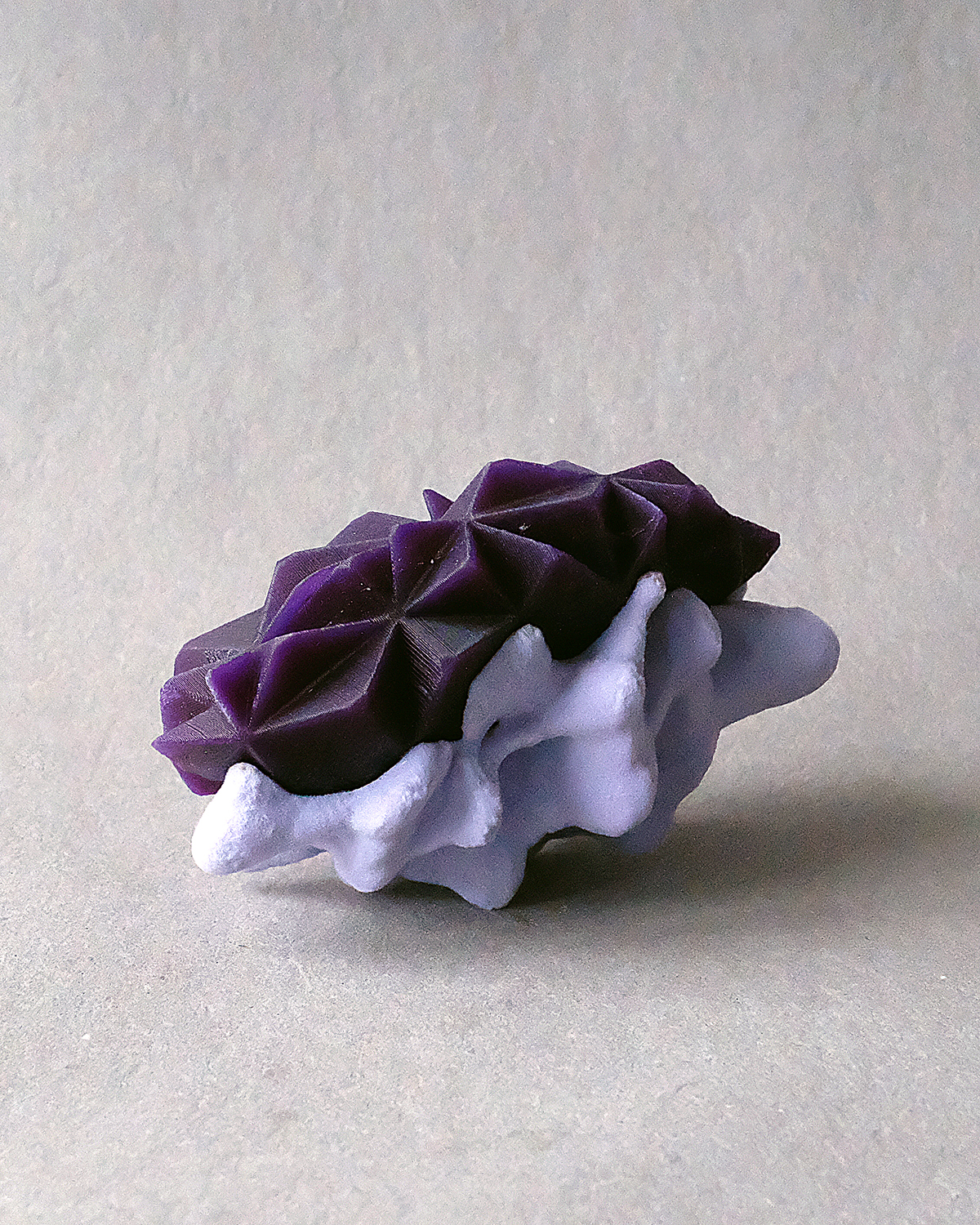
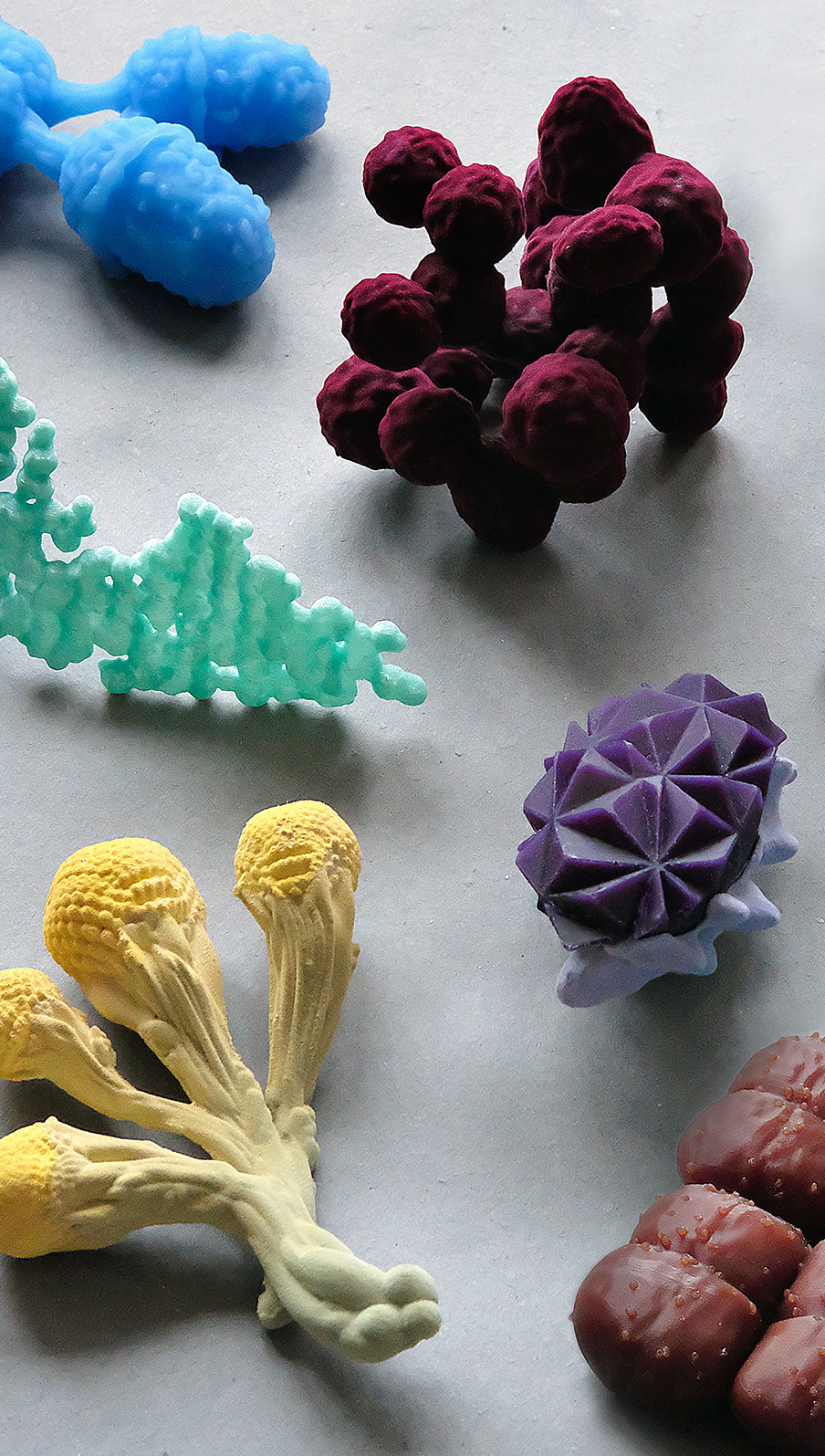

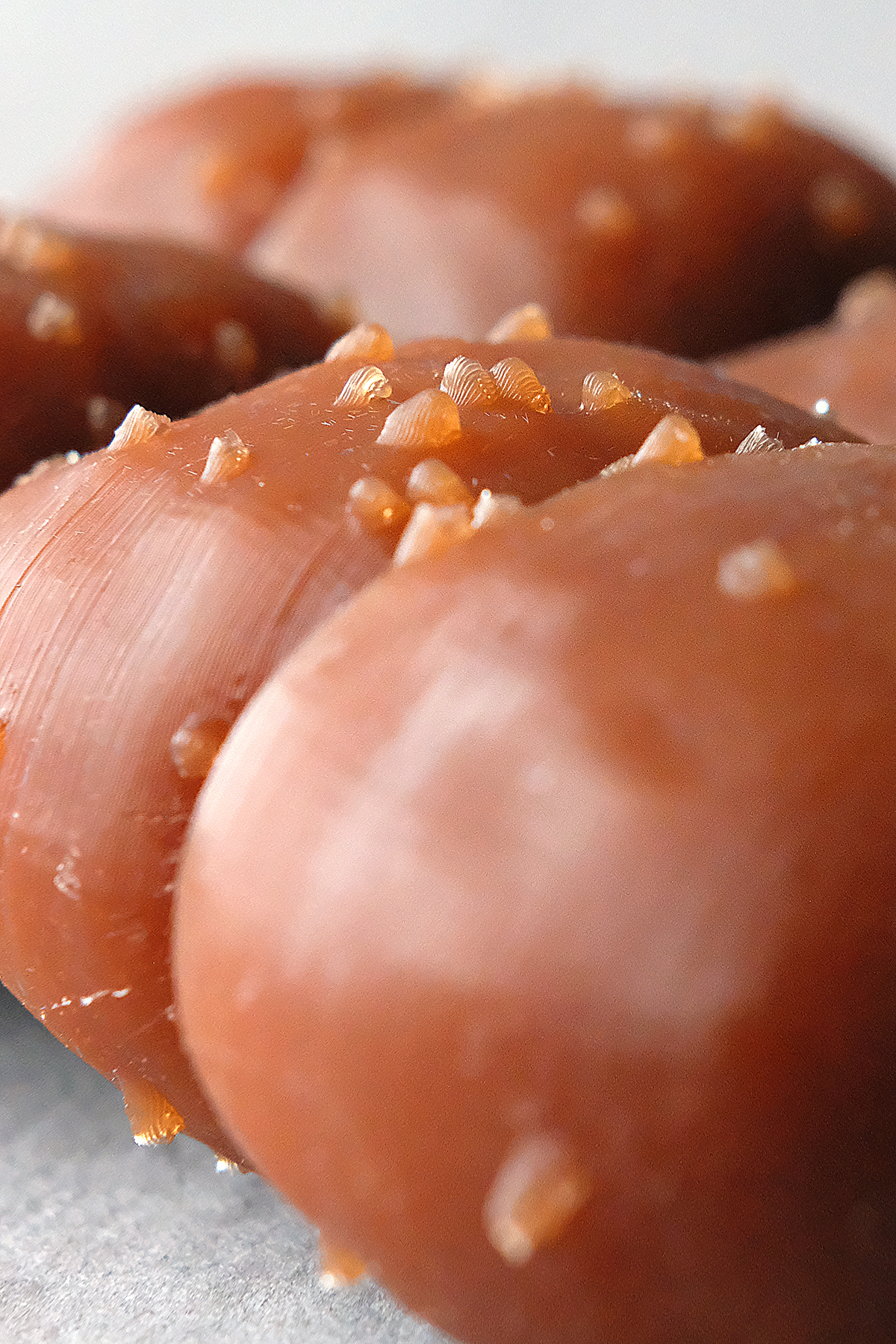
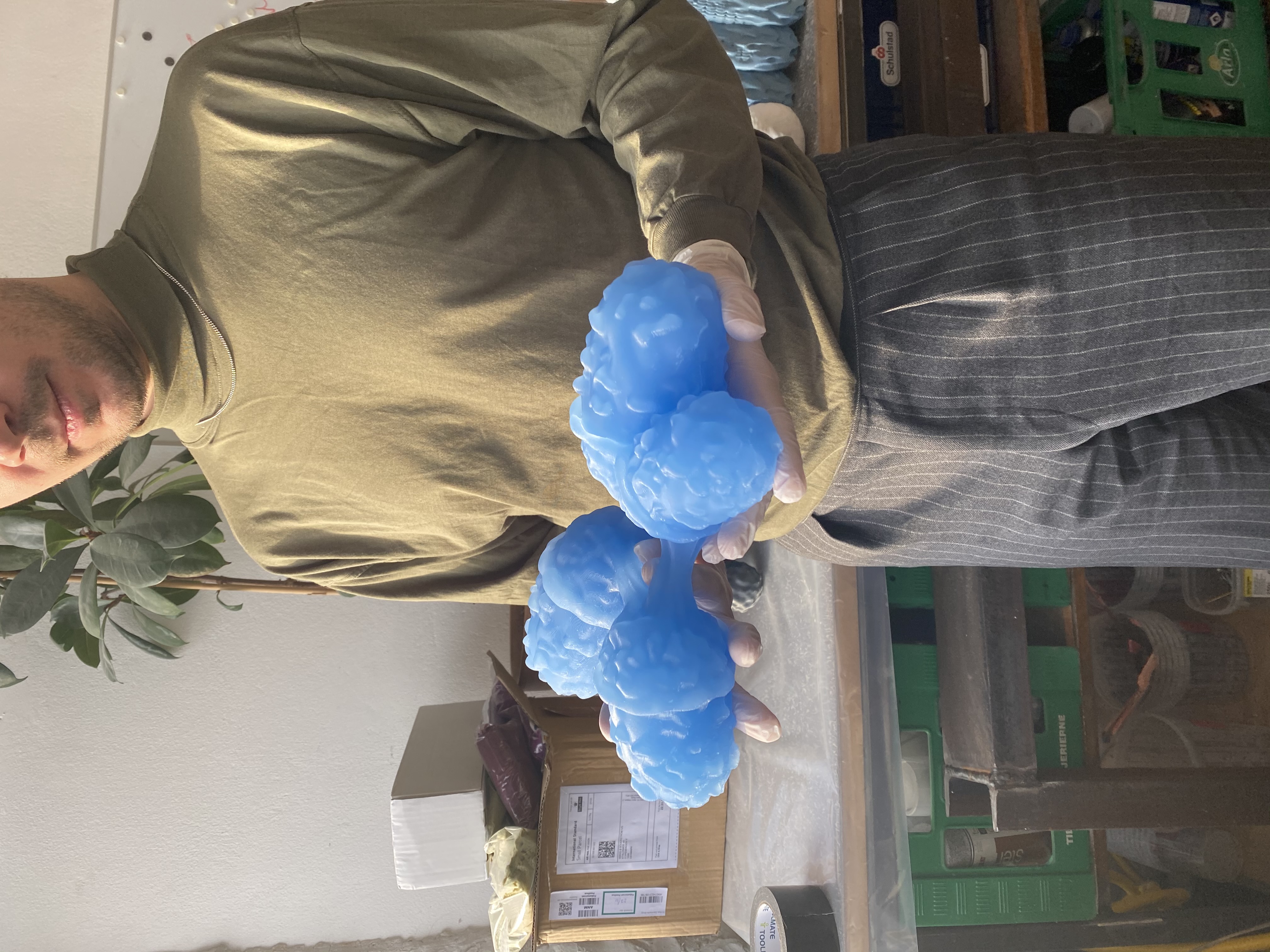

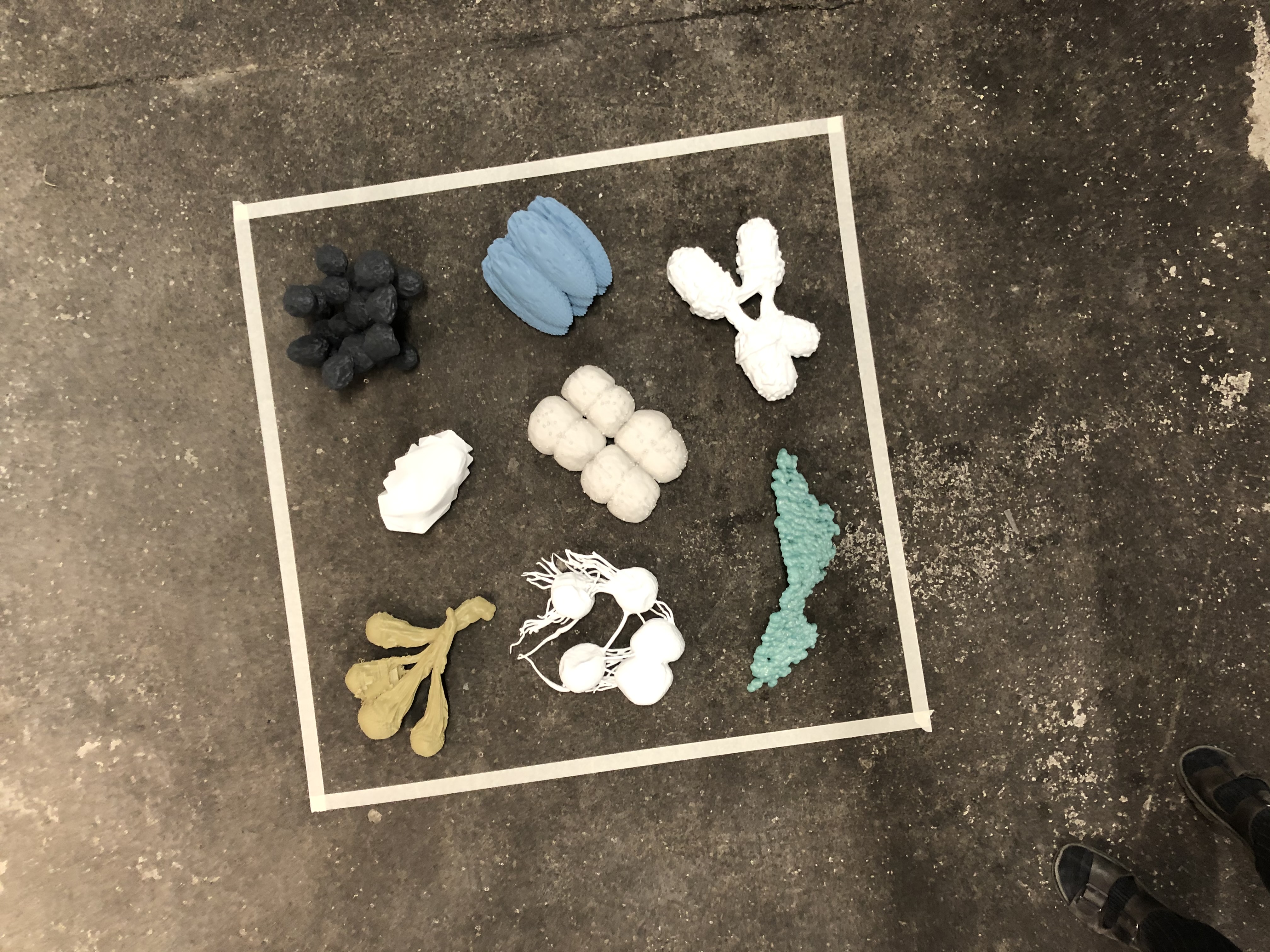
Making Kin results in three enlarged species based on extremophiles on Earth and three Martian species from a speculative future. The project started out by collecting genome sequence data from different organisms that are likely to survive on Mars and then they were translated into new speculative lifeforms by using algorithms and 3D-software. The project uses the digital tools as a method to limit the human interference in the design processes of shaping the unknown future species.
Based on DNA/RNA genome sequence data from the three extremophiles’ RNA strains. We have translated the data to numeric values which will give different parameters in the 3D software. The unique combinations from each species will give different outcomes in the digital environment.
Based on DNA/RNA genome sequence data from the three extremophiles’ RNA strains. We have translated the data to numeric values which will give different parameters in the 3D software. The unique combinations from each species will give different outcomes in the digital environment.
“Do bacteria really perceive their environment? Do bees really remember what has happened? These are not questions that have a yes-or-no answer. There’s a smooth transition from minimal kinds of sensitivity to the world to more elaborate kinds, and no reason to think in terms of sharp divides.”[2]
Process overview: Translating sequenced genome data into shapes in 3D software:

- Collect simplified DNA/RNA genome sequenced data from three extremophiles.
- Count and obtain numeric values from the genome data. The number of combination pairs in each species collected genome sequence data.
- The unique combination of numbers from each species gives different values in the 3D software. Inserting the values into different parameters in the 3D software will shape the new lifeform.
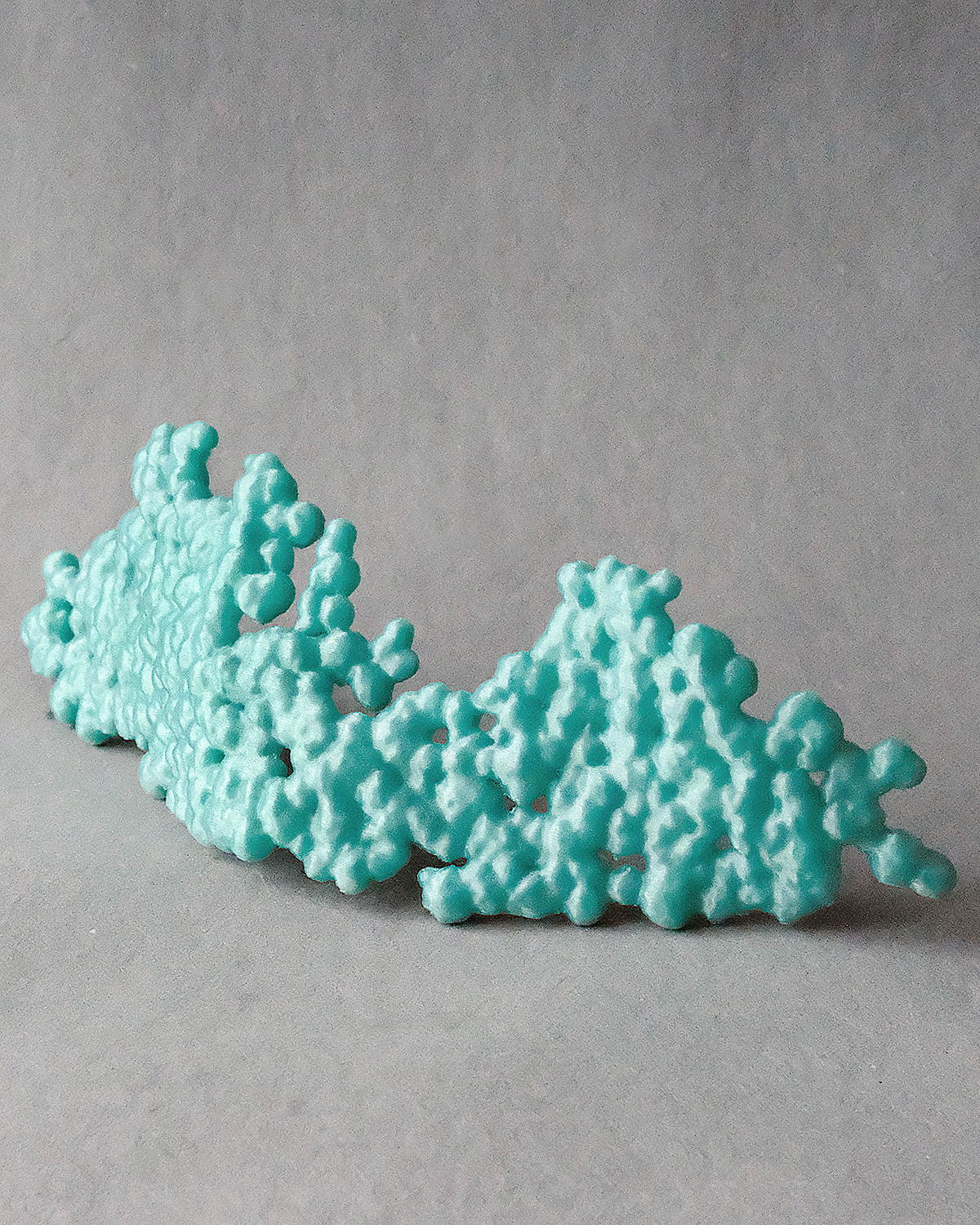
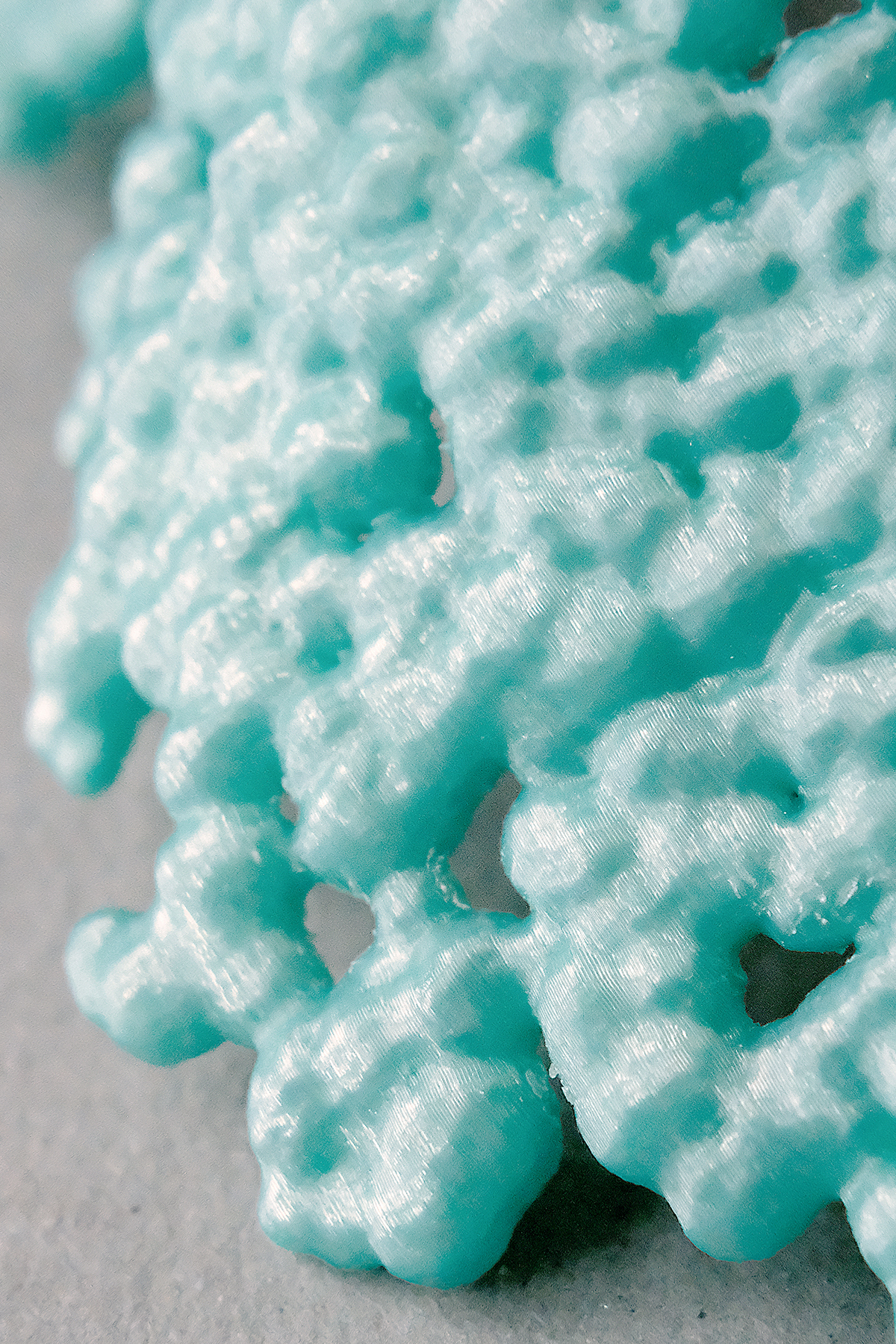
If we find life on Mars in the future, it would most likely be a microscopic organism, a microbe. If we from the start, in this scenario, don’t place ourselves above any species in a hierarchical position could we then approach non-human life differently and co-exist in a new way? As one of the pioneer posthumanist Kathryn N. Hayles asks: “What happens if we begin from the premise not that we know reality because we are separate from it (traditional objectivity), but that we can know the world because we are connected with it?”[3]
“I think that the stretch and recomposition of kin are allowed by the fact that all earthlings are kin in the deepest sense, and it is past time to practice better care of kinds-as-assemblages (not species one at the time). Kin is an assembling sort of word. All critters share a common “flesh,” laterally, semiotically, and genealogically.”[4]


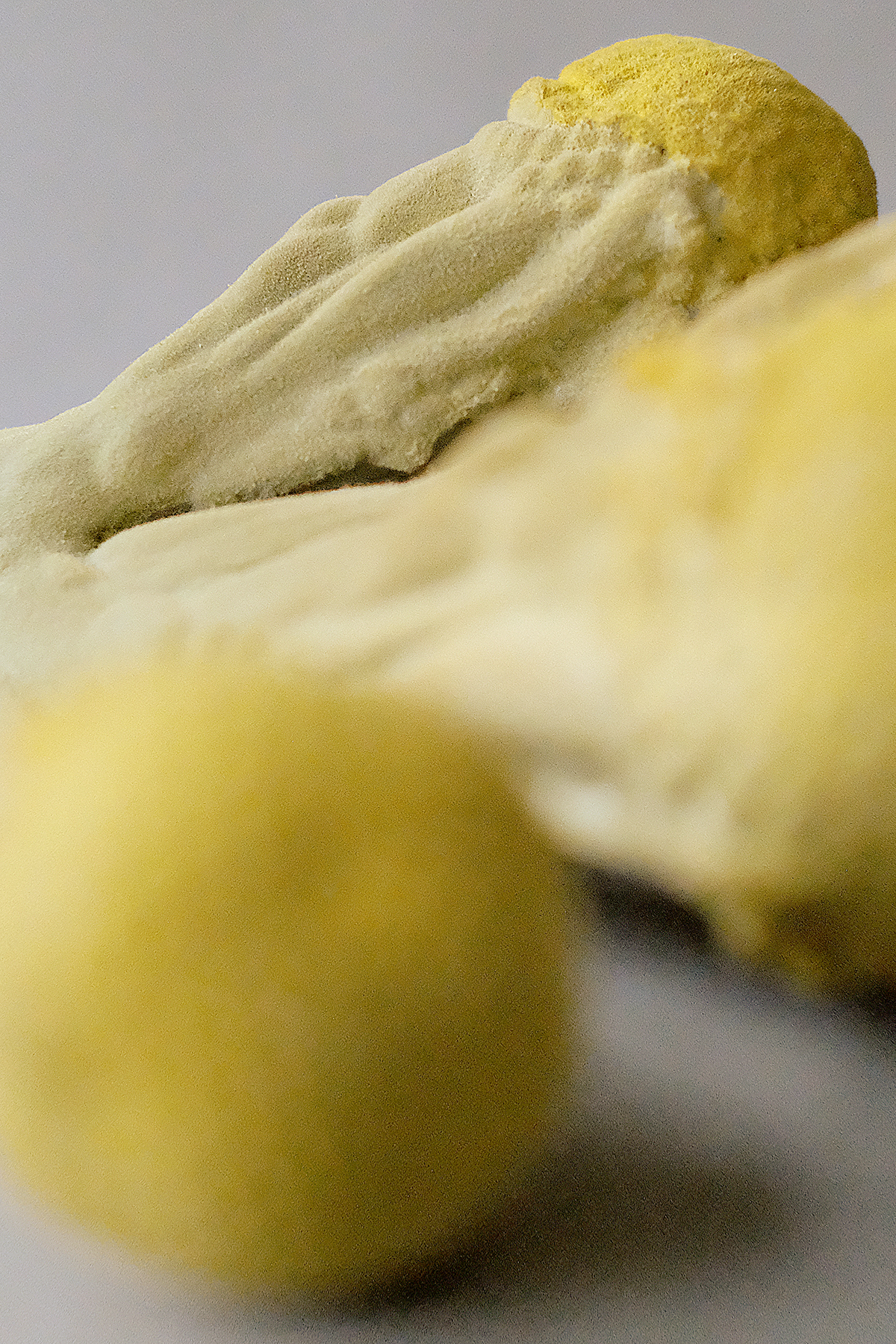
[1] National Oceanic and Atmospheric Administration, What is an extremophile? National Ocean Service website,
https://oceanservice.noaa.gov/facts/extremophile.html, 02/26/21
[2] Peter Godfrey-Smith, Other Minds: the Octopus and the Evolution of Intelligent Life (London: William Collins, 2018),10
[3] Quoted in Cecilia Åsberg and Rosi Braidotti, eds, A Feminist Companion To The Posthumanities (S.l.: Springer, 2019)
[4] Donna Jeanne Haraway, Staying with the Trouble: Making Kin in the Chthulucene (Durham: Duke University Press, 2016)
